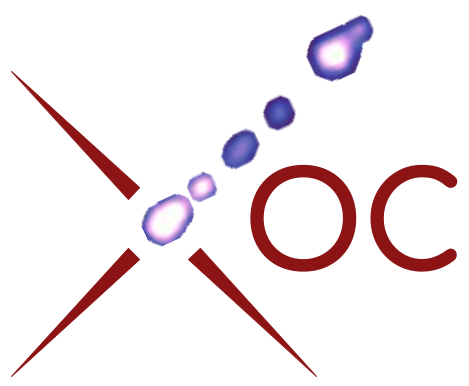Accreting Supermassive Black Holes

Supermassive black holes lie at the heart of almost every massive galaxy. Our work examines the physical processes by which accretion onto these black holes can lead to the release huge amounts of energy from their immediate environments, in the form of electromagnetic radiation, powerful winds and relativistic jets. Supermassive black holes in such states are known as Active Galactic Nuclei (AGN) and are the most luminous, persistent sources of electromagnetic radiation in the Universe.
X-ray observations probe regions close to black holes, approaching the event horizon, where the effects of General Relativity become apparent in spectral and timing data. Such measurements are highly complementary to those obtained with interferometric imaging at millimeter wavelengths of the black holes at the centers of our own Milky Way galaxy and the nearby giant elliptical M87 with the Event Horizon Telescope.
Site content
For further discussion of this work, see e.g.:
- Ogorzalek, A., King, A., Allen, S., Raymond, J., & Wilkins, D. (2022). A deep, multi-epoch Chandra HETG study of the ionized outflow from NGC 4051. arXiv e-prints, arXiv:2208.08457. https://ui.adsabs.harvard.edu/abs/2022arXiv220808457O
- Wilkins, D., Gallo, L., Costantini, E., Brandt, W., & Blandford, R. (2021). Light bending and X-ray echoes from behind a supermassive black hole. Nature, 595(7869), 657-660. https://doi.org/10.1038/s41586-021-03667-0
- Allen, S., Dunn, R., Fabian, A., Taylor, G., & Reynolds, C. (2006). The relation between accretion rate and jet power in X-ray luminous elliptical galaxies. Monthly Notices of the Royal Astronomical Society, 372(1), 21-30. https://doi.org/10.1111/j.1365-2966.2006.10778.x
